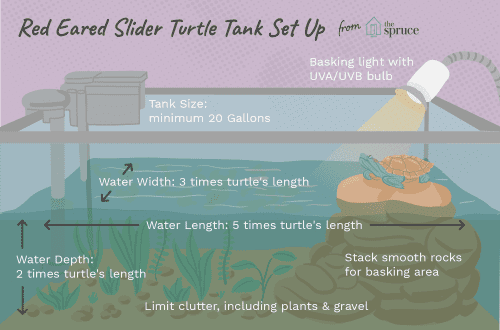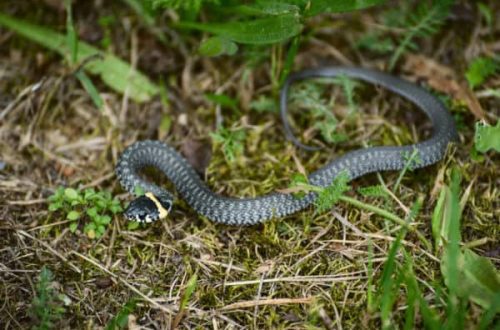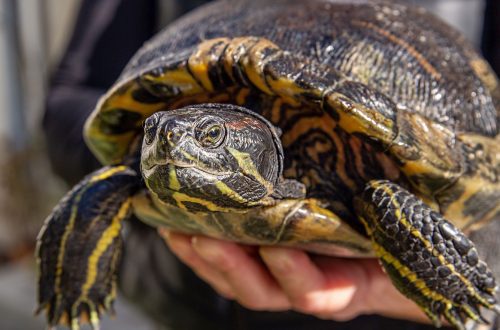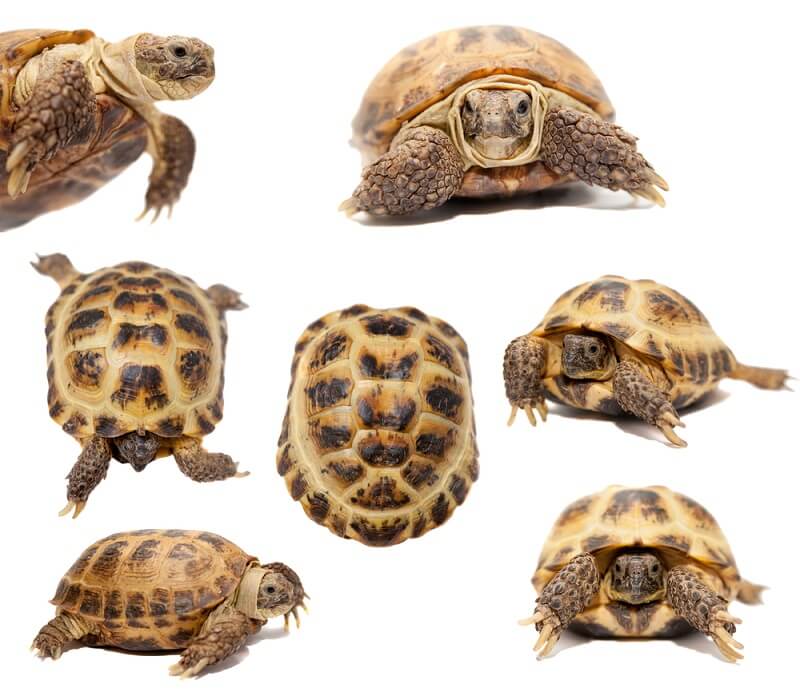
Vaub kib nyob rau hauv Russia: hom tsiaj twg nyob thiab pom nyob rau hauv peb qhov xwm txheej
Turtles are among the most ancient animals in the world – there are about three hundred species of these unusual reptiles all over the planet. Russia was no exception – despite the rather harsh climate in most regions, four species of turtles constantly live on the territory of the country.
txheem
Central Asian tortoise
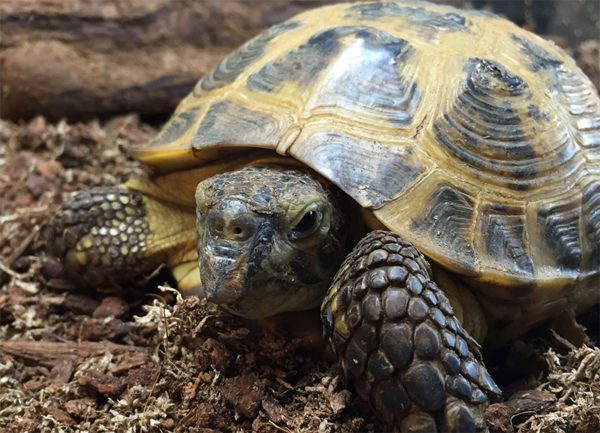
The only land turtles that are found in Russia are also called steppe turtles. This species can be found in the region of Kazakhstan and in all territories of Central Asia. At the moment, the species is on the verge of extinction and is listed in the Red Book, so its representatives cannot be found in pet stores. This land tortoise has the following features:
- small brown-yellow shell with dark spots of indistinct shape – the number of grooves on the scutes corresponds to the age of the animal;
- the diameter of the shell of an adult reaches 25-30 cm (females are larger than males) – growth is observed throughout life;
- the front paws are powerful, with four claws, the hind legs have horny growths;
- average life expectancy is 30-40 years, the time of puberty for females is 10 years, for males – 6 years;
- hibernation twice a year – includes the winter months and the summer heat period.
Central Asians are unpretentious, rarely get sick, are quick-witted and have interesting behavior; when kept at home, they rarely hibernate. Such features have made these reptiles very popular pets.
INTERESTING: Soviet Central Asian tortoises managed to go into space – in 1968, the Zond 5 research apparatus with two representatives of the species on board circled the Moon, after which it successfully returned to Earth. Both turtles survived, only losing 10% of their body weight.
European bog vaub kib
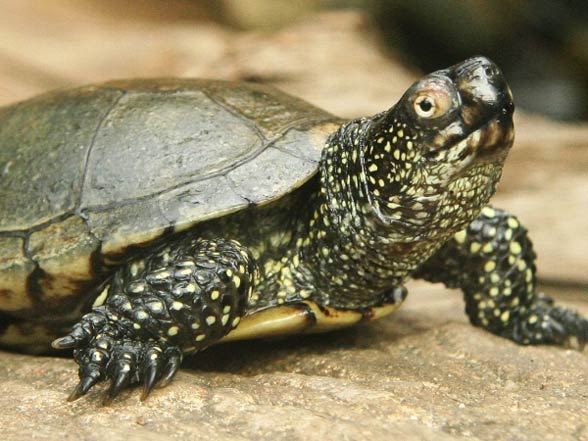
In addition to land turtles, aquatic turtles also live on the territory of Russia. The most common species is the marsh turtle, its habitat is the regions of the middle zone, characterized by a temperate continental climate. These reptiles prefer to live along the banks of ponds, lakes and swamps, which is why they got their name. The signs of the animal are as follows:
- oval elongated green shell;
- the color is dark green, with yellow patches;
- adult size – 23-30 cm;
- feeds on insects, which it collects on land under leaves and grass;
These turtles are difficult to notice – when approaching them, individuals immediately dive and hide under the silt. They winter in a state of hibernation at the bottom of the reservoir, and wake up in the spring when the water warms up to + 5-10 degrees.
IMPORTANT: In recent years, there has been a decrease in the number of the species around the world, which is also facilitated by the rapid spread of the more aggressive omnivorous red-eared turtle.
Pas dej slider
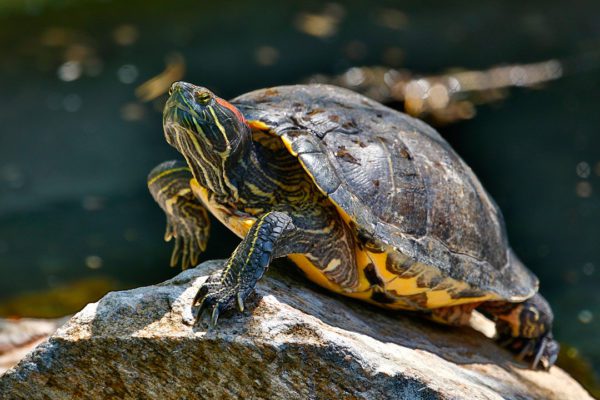
The homeland of these reptiles is America, where the species has become widespread as pets due to its beauty and unpretentiousness. American fashion spread throughout the world, and gradually red-eared turtles became part of the natural fauna of countries with a fairly mild climate. This happened due to the fact that many negligent owners released their annoying grown pets into the wild. These reptiles are distinguished by the following features:
- color green-yellow, bright red spots on the head near the eyes;
- the size of an adult is about 30 cm (larger representatives are found);
- fall into hibernation when the air temperature drops below -10 degrees;
- they are practically omnivorous and are able to eat any kind of protein food, which makes them a serious threat to the biological balance of natural ecosystems.
Red-eared turtles were also brought to our country as exotic pets. Until recently, all collisions with representatives of this species in the nature of Russia were also considered accidental and were related to domestic individuals released into the wild. But more and more often, wild reptiles are being registered, as well as their first populations, so it can be argued that red-eared turtles are found in the southern European regions of our country.
Video: marsh and red-eared turtle in the waters of Moscow
Far Eastern tortoise
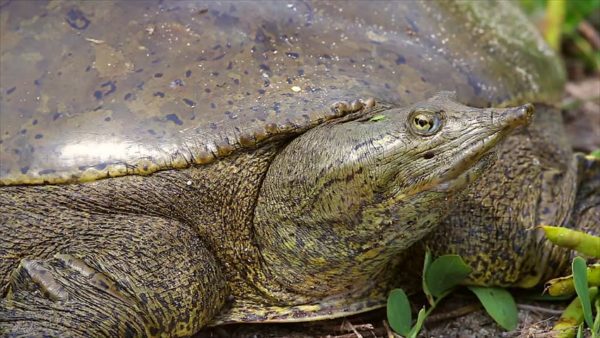

The least likely to be seen in our country is the Far Eastern tortoise or trionics (aka Chinese) – the number of the species is so small that it is recognized as being on the verge of extinction. This animal has an unusual appearance:
- round shell with soft edges, diameter up to 25-40 cm;
- color greenish-brown with a yellow tint;
- on the paws, five fingers with webs;
- long neck and elongated nose-proboscis with nostrils.
They live along the shores of shallow freshwater reservoirs with a weak current, most of the time they spend under water.
The peculiarity of the structure of the nose allows them to expose it above the surface and inhale air without betraying their presence. In Russia, trionics can be seen in the south of the Far East, the main habitats are the Amur and Khanka regions.
Video: Far Eastern tortoise in the wild
Lwm hom
Russian tortoises are officially limited to four species – but sometimes you can meet representatives of marine reptiles that have swum out of their native range. On the Black Sea coast, you can also see a relative of the Central Asian tortoise – a Mediterranean, land species, which is also on the verge of extinction.
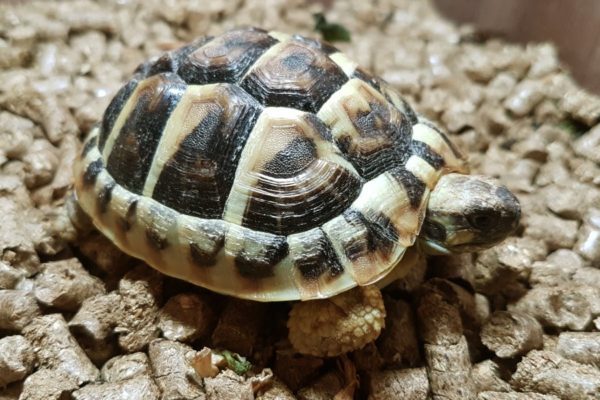

In territories close to the Caucasus, the Caspian tortoise is found – this unpretentious animal has gained popularity as an interesting pet.
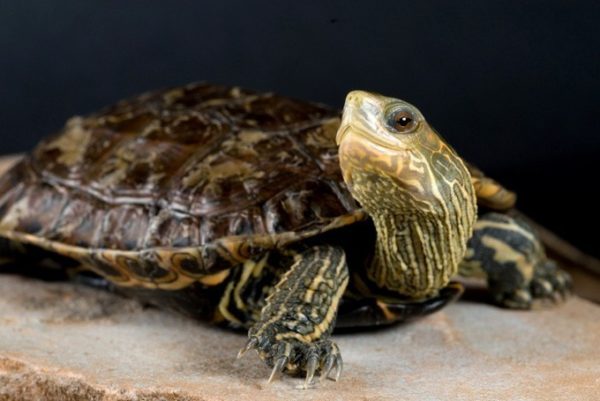

What turtles live and are found in Russia
4.3 (85%) 24 votes





